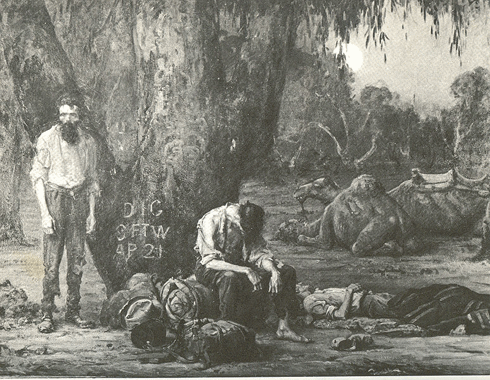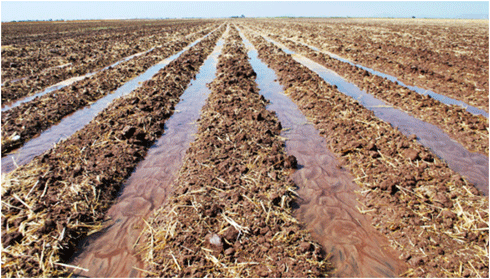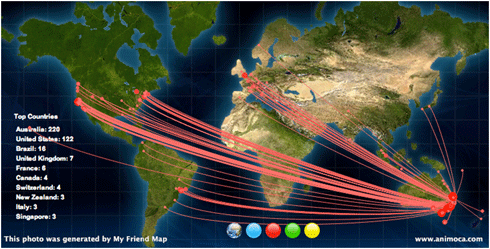
|
Published: 28 June 2013
Our fascination with northern Australia
On February 11, 1861, Robert O'Hara Burke reached the Gulf of Carpentaria. He described in his diary the environment as ‘a considerable portion is rangy but it is well watered and richly grassed’. More than 150 years after the ill-fated Burke and Wills expedition, many Australians still consider north Australia to be a place of limitless potential.

|
|
Burke and Wills' ill-fated expedition left many intrigued about the potential of northern Australia. Credit:
Wikimedia Commons
|
Throughout the 20th century, governments promoted development in the north. With a few notable exceptions, these have ended in failure.
More recently, state and federal governments of both political persuasions have had the foresight and courage to mandate scientific investigations to quantify the capacity of the north's land and water assets, and to understand constraints to sustainable development presented by market opportunities, transport infrastructure and land tenure.
The passionate commentary demonstrates the diversity of views and the breadth of misunderstanding about the challenges of the tropics. Indeed, there are perhaps more urban myths about northern Australia than any other part of the nation. So let's get some facts on the table.
CSIRO scientists have identified the capacity to sustainably double or triple the north's irrigation area using renewable groundwater resources. The potential is even greater if surface water is used.
History has shown the challenges. Unlocking investment requires confidence about the scale of opportunities, and knowing the risks. A scarcity of detailed information about soil and water availability made it difficult to establish water storage options or agricultural productivity estimates or establish locations for irrigation. The cost of acquiring reliable soil, water and agricultural productivity estimates has often been an insurmountable barrier to private and public investors.
Underdeveloped transport infrastructure and long distances increase the cost of accessing inputs and selling outputs, as well as reducing the mass, quality and value of commodities.
Inconsistency in land and water regulations across jurisdictions and lack of clarity within them poses significant barriers to investment. Northern Australian tenure systems are complex. There are multiple, often overlapping tenure types for the same piece of land. Administrative arrangements vary across state boundaries. There are new and emergent tenures for water and carbon that are uncertain and are evolving.

|
|
Renewable groundwater resources can help increase the north's irrigation area. Credit:
CIMMYT
|
Despite this, there are positive developments. In the Gulf country, the federal and Queensland governments, with CSIRO researchers, have demonstrated methods for rapidly and economically quantifying water flow and function, identifying water storage options, constructing soil maps of high precision and combining them to establish estimates of regional agricultural production potential\
In the east Kimberley, the tireless efforts of government and the community are now driving profound positive change in the Ord. These examples provide a blue print for irrigated agriculture across the north.
The establishment of mosaic irrigation for the beef industry will enable increased productivity by overcoming seasonal feed shortages and intensifying production. This will allow producers to improve long-term viability. A year-round feed supply will also enable more efficient use of existing beef industry infrastructure.
Smarter transport logistics that deliver least-cost pathways for existing infrastructure – critical where rerouting is often required in response to flooding – is essential. A focus on logistics will prioritise investment in strategic infrastructure such as holding yards, rest stops, road configuration, the location of abattoirs and more efficient use of ports.

|
|
Many northern roads become floodways in the wet season, requiring smarter transport logistics year round. Credit:
Phillip Capper via Wikimedia Commons
|
We also need to address property rights. Changes to land tenure regimes have the potential to transform indigenous communities from welfare dependency to economic participation as well as creating a more positive environment for investment. Changes to tenure arrangements are under way that aim to enable more diverse uses and clarify access and use rights. Future efforts must continue to focus on pastoral lands and in clarifying Indigenous interests in land and water.
Perhaps at no time since Federation has the nation's interest in the north been so strong. A positive agenda will benefit all Australians, especially Indigenous peoples. Whatever the actions taken, many will take time to implement; there are no easy fixes. They require patience, persistence, flexibility and a long-term commitment from all stakeholders.
Dr Andrew Johnson is CSIRO’s Group Executive (Environment), with responsibilities for leading the organisation’s water, land, climate, marine, biodiversity, urban sustainability, regional development and natural resource management research. He is a member of the Prime Minister’s Northern Australia Land and Water Taskforce, and Chair of the Northern Australia Ministerial Forum Expert Advisory Council.






